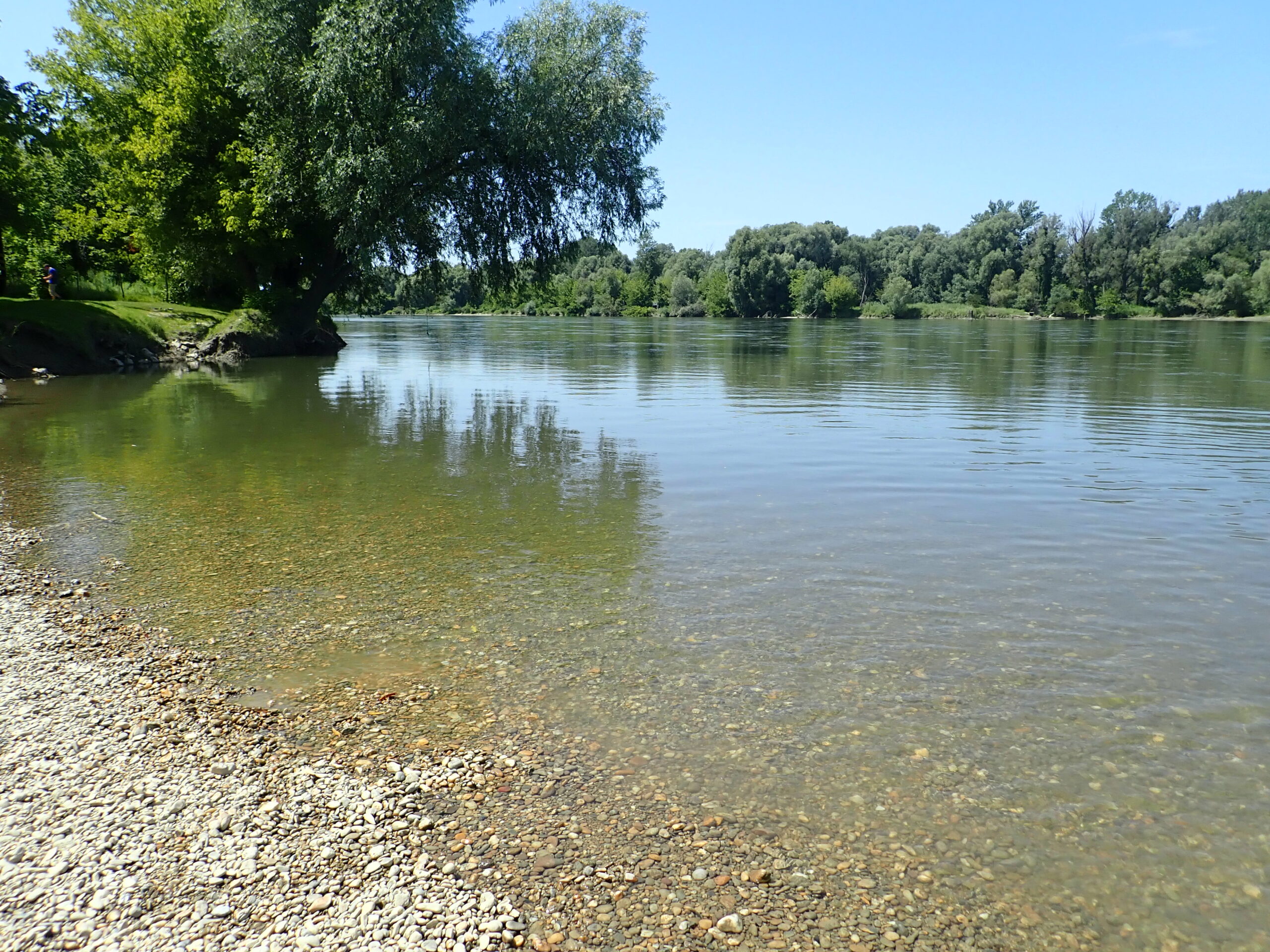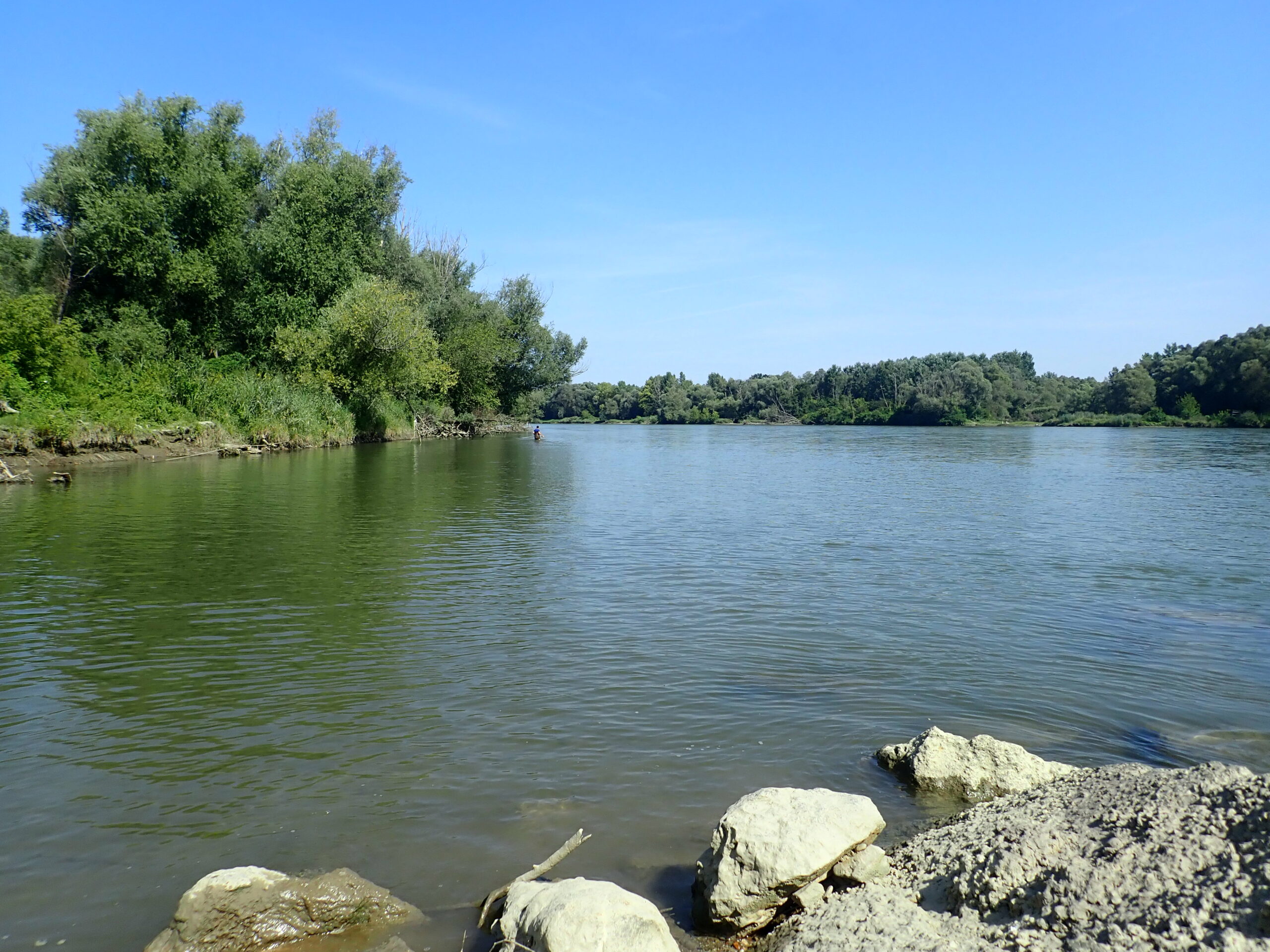International Drava River Day


Today, 23 September, is International Drava Day. On this occasion, the University North in cooperation with Varaždin County is organising a commemorative event, which will begin at 6 pm in the Varaždin County auditorium. The programme will be coordinated by Lovorka Gotal Dmitrović from the University North. The lectures will be given by Vladimir Huzjan, Director of the Institute for Scientific Research at the Croatian Academy of Sciences and Arts in Varaždin, and Lucija Radetić and Lucija Plantak from the Faculty of Geotechnical Engineering, University of Zagreb. The results of the Croatian Waters in Partnership project, DravaLife, will be presented by project leader Igor Tošić, while the students of the First Private High School in Varaždin, Jan Levatić and Tomislav Dmitrović, will present a new project within the framework of ProBleau under the direction of Professor Marko Pavlović.
In a special exhibition, primary school students will present in pictures and words how children perceive the importance of the river. At the end of the event, an exhibition entitled “Habitats of the Drava river and some of its most significant species”, written by Goran Šafarek, will be on display. The event is open to the public and all interested parties are welcome to attend.
The Drava is a 749 km long river that connects the Alpine regions of Italy, Austria and Slovenia with the Pannonian regions of Croatia and Hungary. It is one of the largest tributaries of the Danube and, together with the Mura and the Danube, forms a large European river basin. Despite damming and regulation measures, the Drava is one of the last remaining lowland rivers in Central Europe that is still characterised by great biological and scenic diversity.
The water quality of the Drava is in a very good or good ecological status according to physico-chemical indicators, while the ecological status has deteriorated somewhat according to biological quality indicators, which is primarily due to hydromorphological changes in connection with the use of the water potential for power generation or bank stabilisation through flood protection. What certainly deserves additional caution and increased measures to mitigate negative impacts is the chemical status, especially the occurrence of increased concentrations of benzo(a)pyrene and cypermethrin from the group of pesticides.

